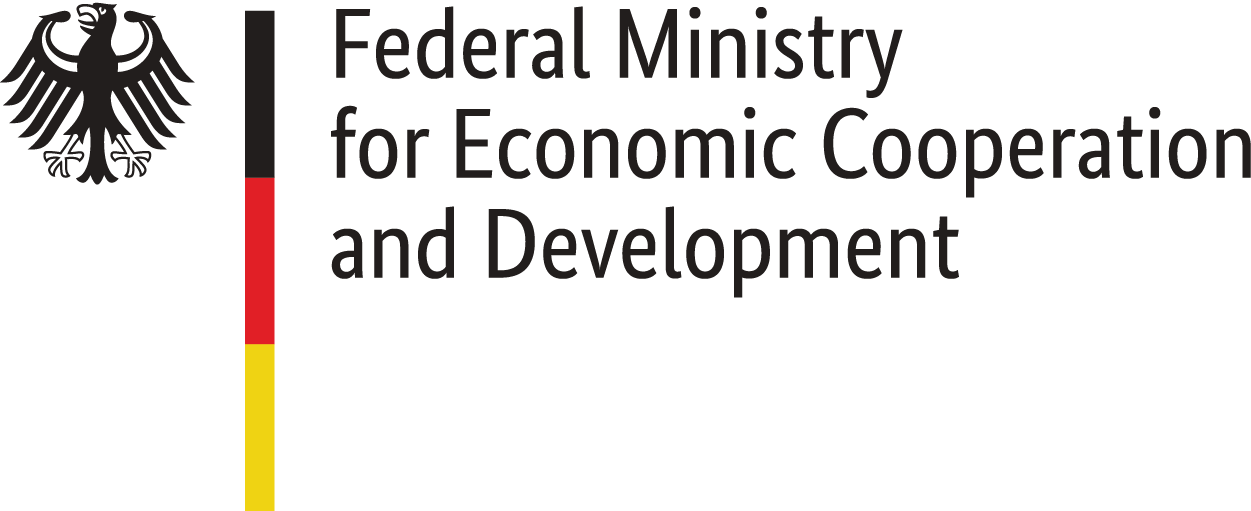Economy
The Indian economy is one of the biggest success stories in recent times in the South Asian region. According to McKinsey’s Global Institute Report 2016 (“India’s Ascent: Five Opportunities for Growth and Transformation”), the country will be the second largest market for a new set of consumer households – new family setups that would turn new consumer households - in the decade ending 2025; 69 cities will have a population of more than 1 million by the year 2025; the country will have a college-educated workforce of 90 million by 2030; 77% of the country’s GDP will be driven by 49 urban clusters between 2021 and 2025. The Gross Domestic Product, GDP is growing at 7.1% and the per capita income is growing at 11.1% in the financial year 2018-19. Impressive as the Indian economy is today, it was nowhere close to this robust health less than three decades ago.
1991: INDIAN ECONOMY ON THE EDGE
The year was 1991 and India had just seen two governments fall, back to back. The first one was led by Vishwanath Pratap Singh, who rose to power, accusing the then Prime Minister Rajiv Gandhi of corruption during Gandhi’s government between 1984 and 1989. His government fell after Bhartiya Janata Party (BJP) – withdrew support to the minority government. V.P. Singh was replaced by Chandrashekhar, who led another minority government – this time supported by the Congress party. His government too, fell after the Congress withdrew support in 1991.
After a tumultuous election that followed, during the campaign for which former Prime Minister Rajiv Gandhi was assassinated, the Congress party came to power with P.V. Narasimha Rao as the Prime Minister. The economy was in shambles. India was staring at an unprecedented economic crisis. One of the first tasks was to avoid defaulting on international loans, something that the country has never done before. The country’s foreign debt stood at $72 billion, third largest after Brazil and Mexico. India had foreign exchange reserves of just $1.1 billion, enough for just a couple of weeks of imports.
P.V. Narasimha Rao appointed Dr. Manmohan Singh, former Governor of the Reserve Bank of India –India’s central bank – as the Finance Minister. Singh had to take some very tough measures to bail out the country’s economy. The country took loans from the International Monetary Fund (IMF), which came with conditions of enforcing discipline and deregulations. Manmohan Singh opened the door for foreign investment, reduced government controls and red tape (bureaucratic interference).
It is widely seen as a result of Singh’s reforms that India’s economy today is spoilt for choices in insurance companies, private sector banks, and consumer retail businesses. Ease of trade, and doing business has been another significant and positive fallout of Singh’s liberalisation measures.
According to the McKinsey Report, the driving force of India’s growth is rapid urbanization, a rising middle class, which is expected to grow to 89 million households by 2025, and an increased consumer spending. India’s progress towards economic growth stems from steps undertaken after the 1991 fiscal crisis when it introduced structural reforms in the fields of industry, trade and public sector for macroeconomic stabilization. As a result of introducing such reforms India’s economy became more market- and service-oriented, encouraging the role of private and foreign investment. These liberal economic reforms have contributed widely to the country’s growth as one of the major economic forces in Asia.
However, in 2016 the current government headed by Prime Minister Narendra Modi announced the sudden devaluation and a withdrawal of the high-value currency notes with the objective of curtailing the monetary corruption in the country. On November 8 of the same year Modi announced the withdrawal of the INR 500 and INR 1000 banknotes from the market as a legal tender. At that time, Modi had outlined three broad objectives to fight black money, corruption and terror funding – a move that received mixed reactions from different sections of society. The common man went through hardships in the short term as cash went out of circulation from the system. Later in its annual report of 2017-2018, the Reserve Bank of India mentioned that 99.30% of demonetized currency notes of INR 500 and INR 1000 returned to the bank which was worth INR 15,310.73 billion/ US $ 222 Billion out of INR 15,417.93 billion/ US $ 224 billion in circulation at the market during the time of announcement. Moreover, demonetisation has also impacted the GDP growth of the nation for two quarters between November 2016 to May 2017, dropping to 6.7% from 7.2 %, but was revived to 7.7% GDP growth in the fourth quarter of 2018.
Today, India is ranked 11th in the Global FDI (Foreign Direct Investment) Confidence Index 2018, a measure of foreign investor confidence in India. In the last ten years, more than 270 million people in India moved out of poverty, according to global Multidimensional Poverty Index released by the UN in 2018. However, the report noted that despite the massive gains made in reducing multidimensional poverty, 364 million Indians continue to experience acute deprivations in health, nutrition, schooling and sanitation. The per capita income in India is still about $2,000 U.S. dollars, which is significantly lower than that of other large emerging economies.
India’s growth story is reflected in the media sector as well. The country’s growing middle class and young population, along with the technological remediation and regulatory strategies, have aided the media business to attain a substantive place in India’s economy. The Indian Media and Entertainment (M&E) sector reached almost USD $22.7 billion in 2017, a growth of around 13% compared to 2016, according to an FICCI-EY report. It is expected to cross USD $31 billion by 2020, at a Compound Annual Growth Rate (CAGR) of 11.6%. Notably, contrary to global trend where newspapers are losing readers and revenue, Indian newspapers are thriving and account for the second largest share of the Indian M&E sector, growing at a 3% rate. According to India Brand Equity Foundation (IBEF), it is anticipated that during 2018-2023, media and entertainment Industry will grow at CAGR of 13.10% to reach INR 2,660.20 billion (USD $ 39.68 billion) in financial year 2023 from INR 1,436.00 billion (USD $ 22.28 billion) in financial year 2018.
As of 2017, Media industry has provided employment to 3.4 – 4 million people (IBEF).
The Indian advertising Industry is the second fastest growing market in Asia after China. An India Brand Equity Foundation report has estimated that advertising revenue in India will grow at 15.20% during 2018-2023, to reach INR 1,232.70 billion (USD $ 18.39 billion) in Financial Year 2023 from INR 608.30 billion (USD $ 9.44 billion) in Financial Year 2018 (IBEF). In 2017 India’s digital advertising market has reached INR 82.02 billion (USD $ 1.27 billion) and is forecast to grow at a Compound Annual Growth Rate (CAGR) of 32% to reach INR 18.98 billion (USD $ 2.95 billion) by 2020. Moreover print media tops the rank when it comes to advertising revenue and contributes 41.2% of the market followed by television which contributes 38.2%, digital contributes to 11% and the remaining 10% is split between radio, outdoor and cinema.
The Government of India has supported this sector's growth by taking various initiatives such as digitizing the cable distribution sector to attract greater institutional funding, increasing Foreign Direct Investment (FDI) limit from 74% to 100% in cable and Direct-to-home (DTH) satellite platforms and granting industry status to the film industry for easy access to institutional finance (IBEF).
The growth story of Indian economy is a promising one. How well this story develops further in the next few years will define India’s pitch as an economic superpower in the region. But seen from the inside, India still has quite a few challenges in reducing the disparity between the rich and the poor and distributing economic growth more evenly to different regions and social classes of India.
Sources
India’s per capita income growth set to touch double digits in FY19
Retrieved from TimesNow on 22 May 2019
India GDP Annual Growth Rate
Retrieved from Trading Economics on 22 May 2019
India's Ascent: Five Opportunies for Growth and Transformation
Retrieved from McKinsey&Company on 22 May 2019
India Transformed - The 1991 Economic Reforms: Highlights
Retrieved from NDTV on 22 May 2019
In fact: The crisis of the Chandra Shekhar months, borrowings and recovery
Retrieved from The Indian Express on 22 May 2019


